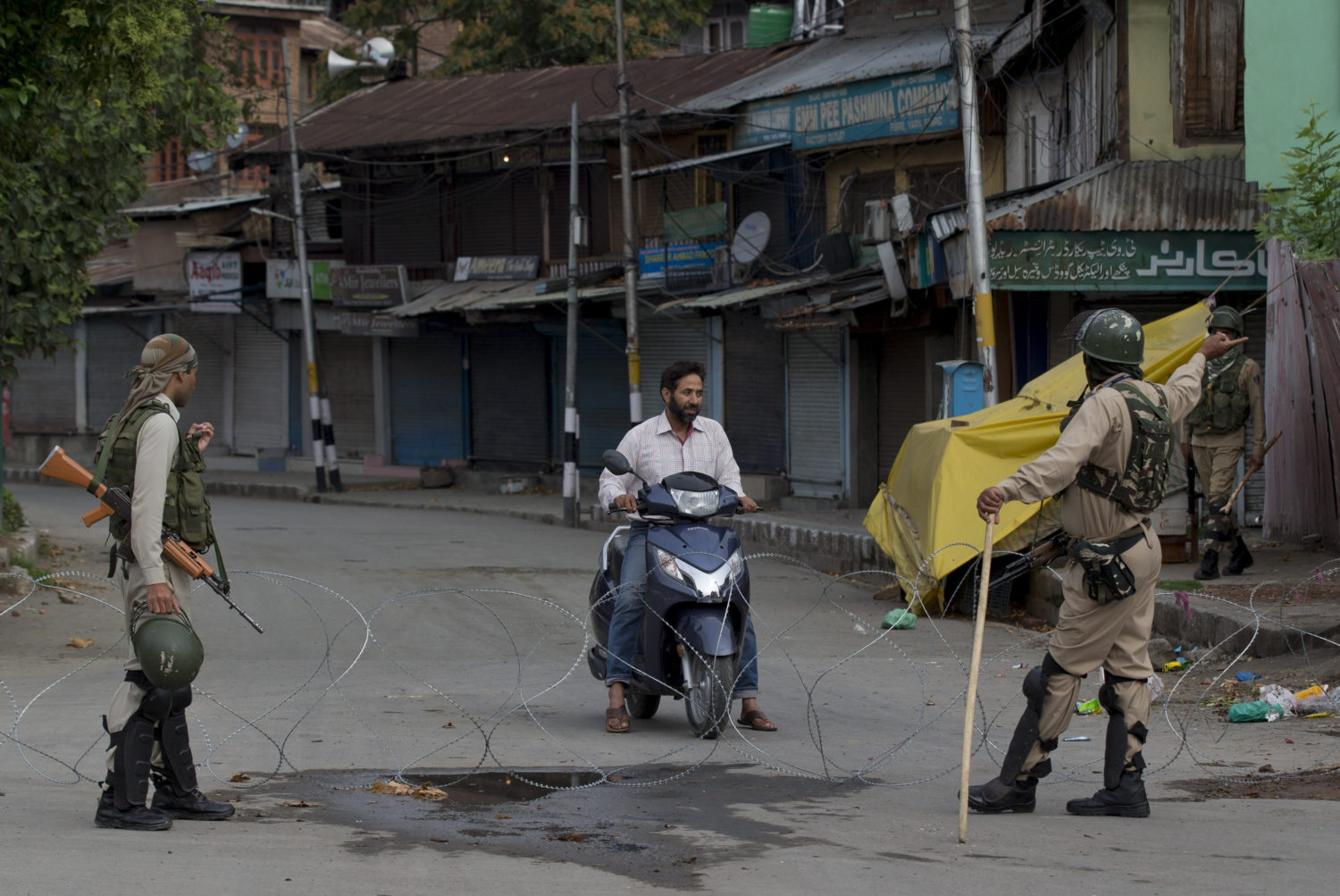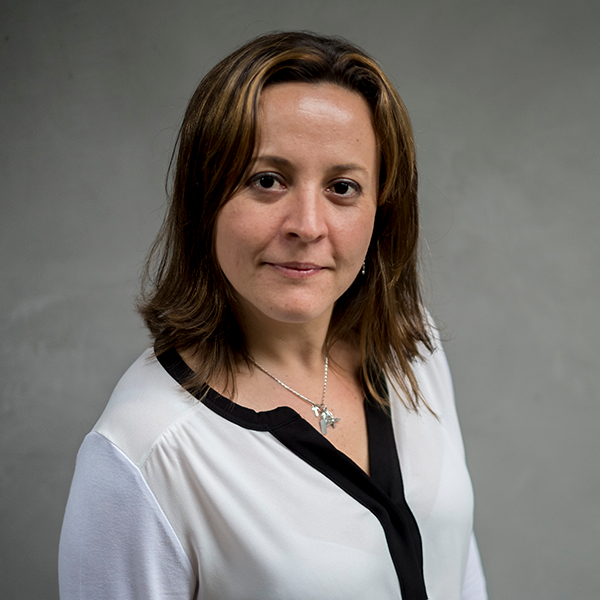This story has been updated.
When Shadab Moizee, a senior correspondent for the Indian website The Quint, arrived in Srinagar, the capital of Jammu and Kashmir state, all the communication systems were down. There were no taxis, shops were closed and the streets were flooded with security forces. Once he reached his hotel, the administration had already put out an alert to all tourists: they should leave the city. But Moizee didn’t.
The moment he heard about the suspension of Article 370 — the one that used to guarantee Kashmir’s independence — Moizee managed to get to Srinagar. But what he saw, heard and felt there was totally unexpected. Misinformation was the main actor in the scene.
“Rumours were spreading like fire in the forest,” he told the IFCN in an e-mail. “We heard, for example, that there had been a stone-pelting and that a few people had died. But that was not true.”
Moizee spent 12 days in the region and was also impressed by the fact that traditional media outlets weren’t telling the whole truth about the situation in Srinagar. On Aug. 4, a lockdown was imposed to Kashmir after New Delhi moved to revoke its autonomy. The border region has been hotly contested with Pakistan for decades and is now living under hard circumstances.
“Most of the media houses, however, were reporting that everything was normal in Srinagar, but people were not allowed to move at all,” he said. “People of Kashmir couldn’t roam on the streets. Internet, mobiles, landlines were shut down. There was zero communication to the outside world. Hotels had limited food options available, and there was no public transport.”
So, to be accurate on his reporting to The Quint, he adopted two techniques:
“I started checking with local reporters and also I went on the ground to know the reality.”
Uzair Rizvi, a fact-checker for AFP in India, also reported on movement restrictions and his description matches Moizee’s. He said phones were down and, to send reports, journalists had to arrange calls from police stations or governmental offices. In his words, “It felt like curfew-like situation.”
But what amazed Rizvi the most was how fast false videos about the Kashmir situation started to pop up on social media.
“One of them, claiming that Kashmiris were defying the restrictions with a massive pro-independence rally became viral really fast,” said Rizvi. “It started gaining traction one day after (Article 370 was revoked), with people actually believing it to be true. And since there were no media to verify or authenticate it, people shared it widely and it had millions of views. But it was an old video, from a militant’s funeral.”
Rizvi said what he finds even more surprising is the fact that a popular Indian news agency ended up sharing misleading images about Srinagar to show calm and peace in Kashmir.
“On the day of the Muslim festival of Eid, this news agency shared images of people offering their Eid prayers peacefully in a mosque. However, I was quick to point out that those images were from a different city, about 300 kilometers away from Srinagar.”
After all the work he has done debunking videos and images in social media, Rizvi divides them into two categories of misinformation.
First, there is speculation and sharing. In this group, fact-checkers usually find rumors and hoaxes that are very difficult to verify under a communication black-out, when the government, the police and security forces are not willing to speak.
The second kind is the disinformation shared in different parts of the country and even in the world. This group usually consists of misleading and partial pieces of content.
“A lot of pro-Kashmiri Facebook pages, accounts, groups run from Pakistan or Pakistan-administered Kashmir have been sharing old images, videos of previous lockdowns showing atrocities by India on Kashmiris and passing off as recent,” said Rizvi.
“Meanwhile, a lot of pro-India pages supporting the current ruling government have been sharing images of people praying freely, walking happily in the streets, basically trying to portray that things are normal in Kashmir. But then, these are also old random photos or videos and (have) nothing to do with the latest shutdown,” he added.
For this reason, both Rizvi and Moizee suggested the world think twice and fact-check before sharing content regarding Kashmir. The advice could sound silly but, under a communication black-out, it could put you among the smart ones.
Cristina Tardáguila, the associate director of the IFCN, can be reached at cris@poynter.org.







